Rewilding Together – Stories from the Field
Insights — 2025-03-19

Together with our Alliance Partners, we have listened to and noted down the words and reactions of different stakeholders about rewilding. Some of these people are farmers and fishers who are seeing the abundance return in their lands and waters. Others are landowners, neighbours and volunteers that are witnessing the joy of nature’s recovery. Many are working together for a wilder world.
We have brought these voices together into a visual document, Rewilding Together – Stories from the Field, and now we will let them speak for themselves.
We hope that you enjoy this journey and join us in the celebration of Rewilding Together, for World Rewilding Day on 20th March 2025 and beyond.
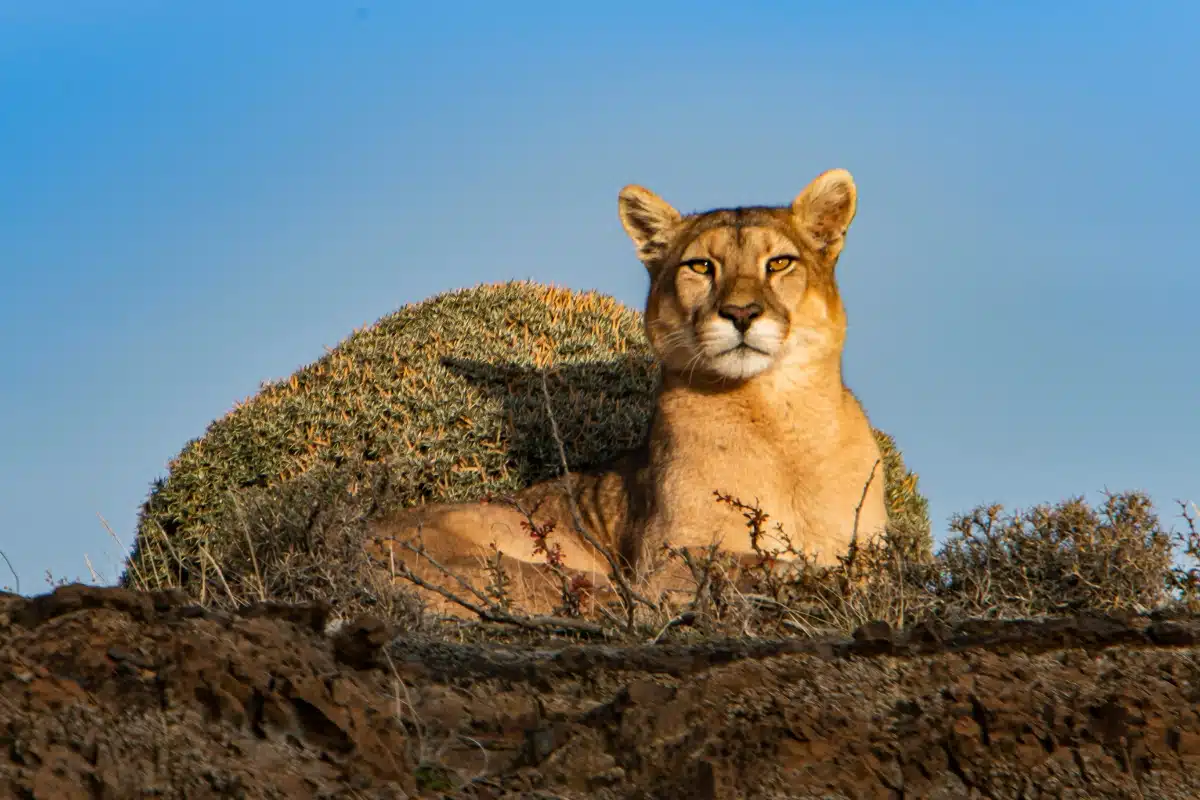
When a Puma hunter turns rewilder, you really know that something special is changing. And so it is with Don Arcilio Sepúlveda who was a Leonero – a Puma hunter – who now protects and rewilds these majestic big cats. “I never imagined that at some point of my life I would have the chance to learn so deeply from Pumas in nature,” Arcilio says. “Killing them to protect the sheep was my job, but now it is hard to imagine doing this again.”
Today Arcilio’s a key member of the Rewilding Chile wildlife program, helping to protect an expanding population of mountain lions in Patagonia National Park in Chile. Arcilio’s deep local knowledge and expertise on the life and habits of the Puma make him the ideal person to help their population to recover from near extinction.
Initially, there was widespread suspicion of the motives of rewilders from Rewilding Chile and Tompkins Conservation, both locally and nationally. But this is now turning into a realisation that rewilding can provide stable jobs and breathe beauty back into a land once humming with abundance. Outsiders and locals, farmers and rewilders, hunters and wildlife watchers – they are rewilding together – finding pride in the country’s natural riches.
Arcilio is one of millions of people around the world who are responding to a deep, positive, visceral drive – to support nature’s recovery. Many of these people don’t think of themselves as a ‘rewilder’, but in taking action for nature recovery they are, you are, we are, rewilding together.
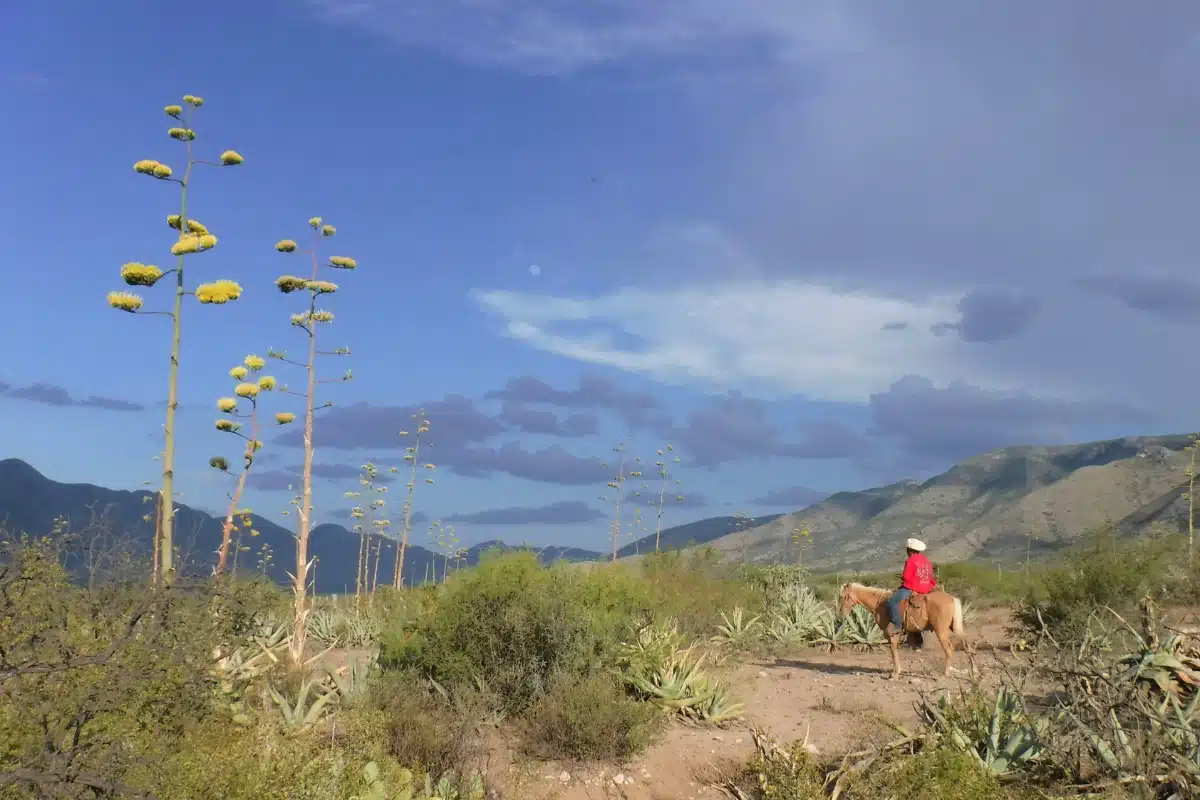
Perhaps paradoxically, rewilding isn’t just about helping nice fluffy animals – it is a deeply social vision, rooted in communities and working for the many benefits it brings for both people and planet.
Osvaldo Coronado “raises a glass to the bat and the blossom, and to the interconnectedness of our lives” from his ranch in the Sonoran Desert in Mexico. Agave plants have sustained his family for generations, just as they sustain – and are themselves sustained by – generations of migrating pollinators: bats. Osvaldo and Bat Conservation International are closely united in their work to sustain agaves; and this has led to a beautiful collaboration for stable livelihoods and flourishing nature.
Not far away in Honduras, Martin Garcia throws back his head and roars with laughter. Martin has stopped the economically unviable and ecologically destructive ‘slash and burn’ farming practice and instead adopted the Inga Alley Cropping method. He hasn’t cleared and burned any land for over 13 years. “In my old life, I’d have to work two months to earn 80 USD and now, I can spend 2 hours in my cacao plots to earn the same,” he smiles from his hammock, knowing that his son will know the same birds and animals that he has known.
In Africa, the Mali Elephant project has worked closely with women and girls in local communities to create new livelihoods, reducing rural depopulation. By working together to learn how to live in harmony with the local elephants – one of the most northerly groups of elephants in Africa – a local villager said: “The project has strengthened peace, love and trust among women. Previously, we were scattered, but with the help, we are more together than ever. It has encouraged social cohesion.”
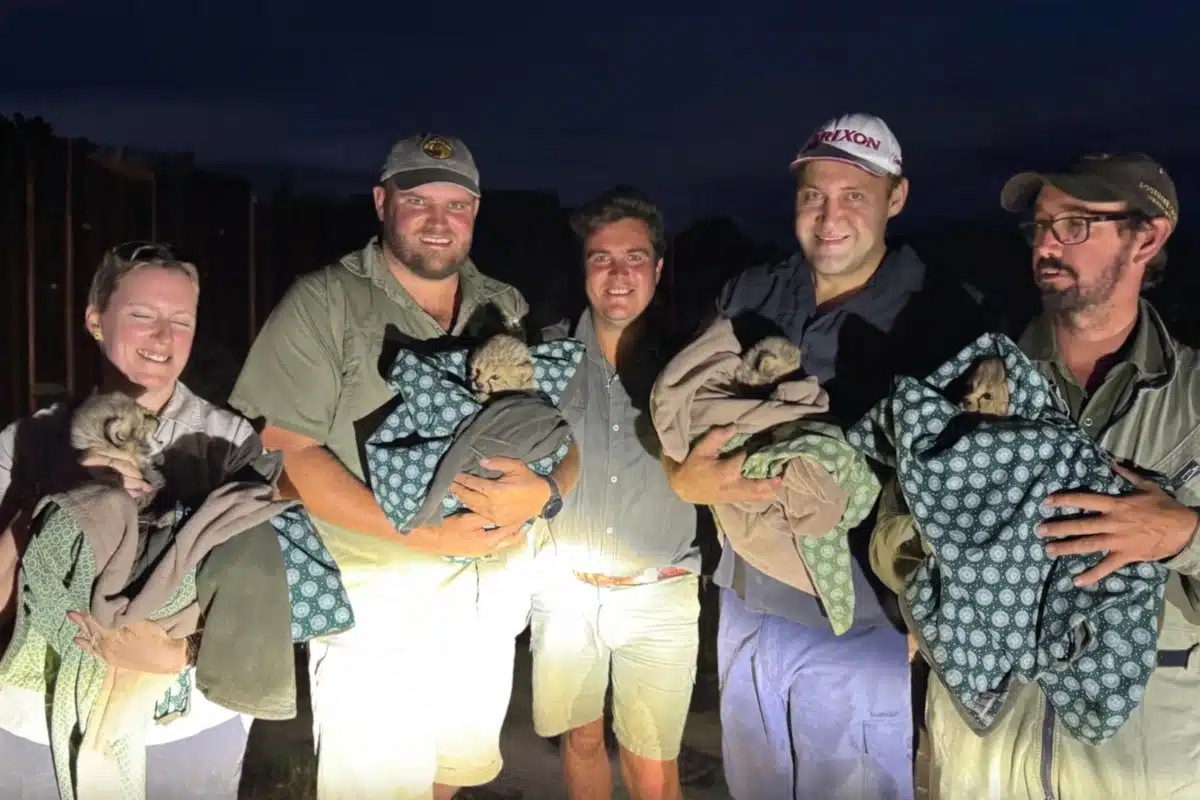
Let’s look at another benefit of rewilding together – for preventing wildfire. Rewilding is solving people’s problems – and in more ways than one.
Many rural communities have suffered from wildfire. In Galicia in northern Spain, 1800 local people have been involved in removing fire-prone eucalyptus from the local landscape. As a local engineer volunteering with the “Anti-Eucalyptus Brigade” organised by the Montescola Foundation said: “My hope is for the Monte Froxan to be free of invasive species, like Eucalyptus, and to be a dynamic ecosystem that is enjoyed by the people from Froxan and outside.” This is a great example of a community rewilding together, with all sorts of people getting involved. One of his fellow volunteers, perched amongst the trees, shares that after the hard work they convene to enjoy locally brewed beer. Perhaps there are multiple motives for this ecosystem restoration: a renewed sense of community among them – and a nice cool, local beer!
Rewilding is happening in our oceans too. Ajith Shangumugham is a fisherman who works with the Wildlife Trust of India on the ‘Save the Whale Shark’ campaign. Before this, Ajith admits to being unaware of the significance of the species, but now he dedicates his time and energy to engage with other fisherfolk to protect this magnificent ocean-dweller. “With these efforts, we are hopeful that the future of Whale Sharks in Kerala is safe”, he smiles.
As the mists shift and spill across the hills of Colombia, coffee grower Martha Moreno says: “The countryside’s wealth is to enjoy all of it: a brilliant moon or a sky illuminated by stars, the birds singing in the morning. It’s such a harmony to live in a farm surrounded by so much nature. If you don’t conserve the mountain, you are ‘playing against yourself’.” Martha Moreno has been involved for the last 6 years in WebConserva’s work to protect the Serrania de San Lucas, the heart of a key Jaguar corridor. “We all know that the forests are our lungs, and if you don’t have air, you don’t have life. So in this case, when there is hope, there is life.”
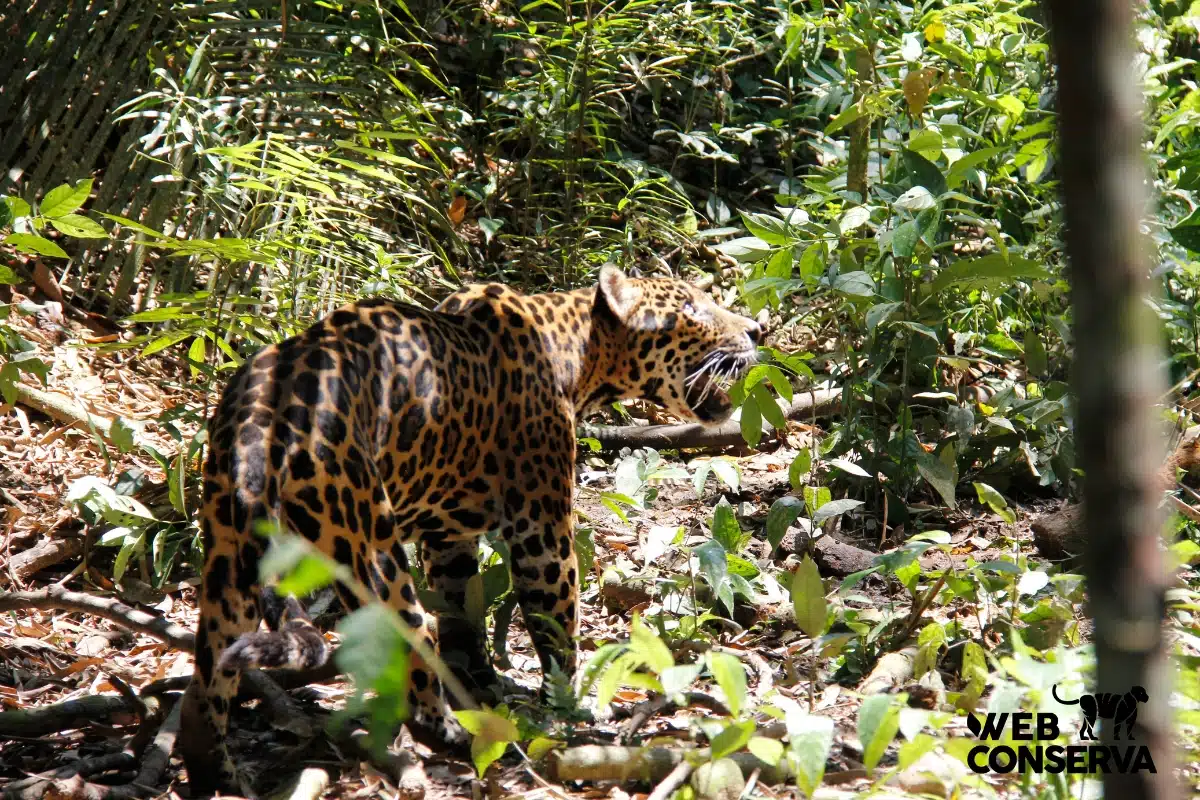
In some cases, rewilding is rewriting people’s own stories. “My ancestors did not know about the species, and when I did, it changed my life,” says Luigi Solís, wildlife ranger with Rewilding Chile specialized in Huemul deer, the southernmost deer species in the world. Luigi says “I want that for the young generations, so they can fall in love with our nature and help us protect it.” Rewilding does not have a roadmap, but rather ‘nature is in the driving seat’, so surprises happen often. Endangered and fragmented species, like the Huemul deer, are just waiting for us to give them space, and perhaps a helping hand, to rebound; once again filling our lives with meaning, purpose and beauty.
“All of my work, whether it’s an infographic, illustration, or poem, is about highlighting the invisible threads that bind us to nature. That we’re not separate from it – we are nature, and without it, there is no us”, says Rosie Howell. “When you love nature and spend a lot of time outside (particularly in Europe), you quickly realise that because of human activity, much of it is struggling and out of balance. And then, if you’re a fixer, you start to look for ways to turn that around. Rewilding offers that hopeful path…Whatever shape it takes, there’s something every one of us can do to help. We can rewild our world – and ourselves – together.”
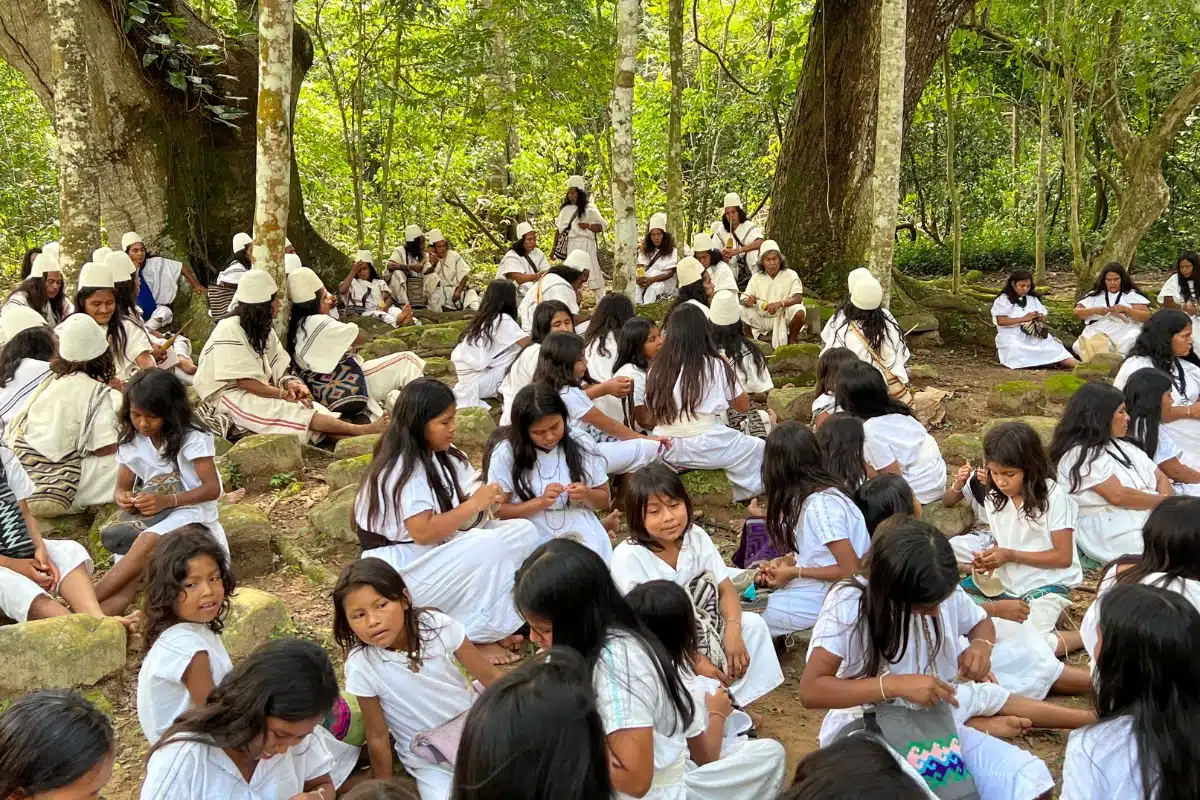
Rewilding more often than not requires the active involvement of the people who live alongside it. In India, Dikesh Choudhary, a Project Officer with The Corbett Foundation says: “For over 13 years, I’ve been on a journey alongside the communities around the Kanha Tiger Reserve, working hand-in-hand with them to create sustainable livelihoods, restore our forests, and ensure coexistence between people and wildlife. Growing up in Sarasdol village, within the Kanha Tiger Reserve, I have always felt an inseparable bond with the land and the people. These efforts have been a shared journey, one where I’ve learned just as much from the people as I have contributed to their growth.”
Finally, we end with some ‘rewilding together’ wisdom. Mamo Kuncha is an Arhuaco spiritual leader and President of the Board at Ofrenda A’bunna, who are restoring the biodiverse ancestral lands of the Arhuaco through indigenous-led rewilding. Mamo Kuncha speaks often of seeing the mountains like a book, words being codified in the rocks, trees, bird songs, and thunder. He sees his role as an interpreter of these messages to offer direction for the Arhuaco people and the protection and rebirth of their ancestral territory. They are buying back land and simply giving 70% of it over to nature to recover; the Arhuaco’s worldview trusts nature to know how to heal herself largely unaided – another beautiful dimension of rewilding together!
Mamo says: “A single strand of hair is weak, but they become strong when many are braided together.”
Discover more
We are stronger when we come together. We welcome you to join us. Please dive into: Rewilding Together – Stories from the Field.
Assistant Communications Director - Lead on design and content of our social media posts, films, blogs and other GRA publications.

More from this category:
